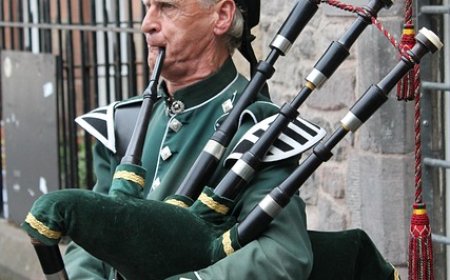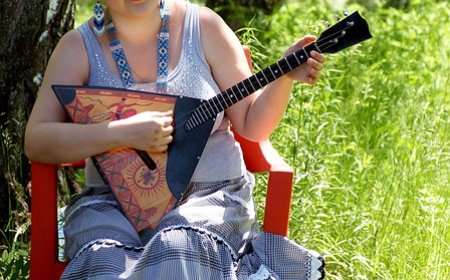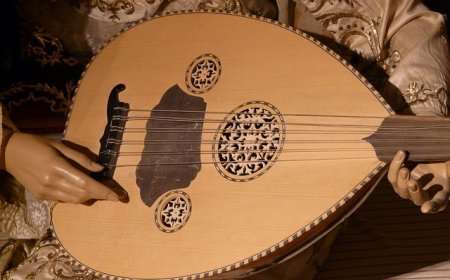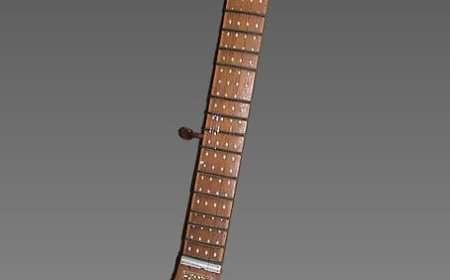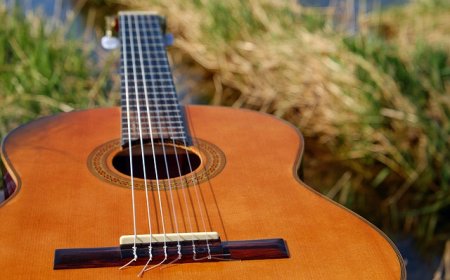Violin Facts for Students | Learn How the Violin Works and Its Role in Music
Explore the violin—its parts, how it works, history, and famous players. Perfect for students and young musicians curious about classical and modern string instruments
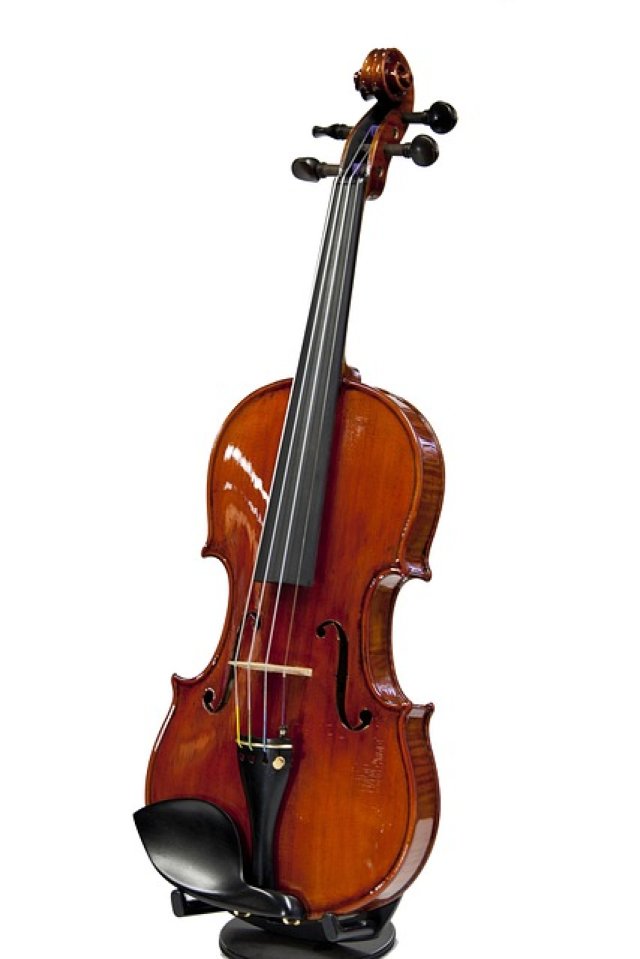
🎻 All About the Violin
🥇 Introduction
The violin is a small, wooden string instrument that creates music with a bow or plucked fingers. Known for its beautiful, emotional sound, the violin is used in classical, folk, jazz, pop, and film music. It's often the lead instrument in an orchestra and plays a wide range of melodies. Though it's small in size, the violin has a big voice in music history.
🎶 What Is a Violin?
A violin is a string instrument with four strings, played by drawing a bow across the strings or plucking them with your fingers. It's the highest-pitched member of the violin family, which also includes the viola, cello, and double bass.
The violin is typically held between the chin and shoulder, and played with the left hand on the fingerboard and the right hand using the bow. Its sound can be soft and sweet or fast and dramatic. The violin can play solo melodies, harmonies, or be part of a larger group like an orchestra or string quartet.
🧩 Parts of the Violin
Though small, the violin is made of many carefully crafted parts, each important for sound and playability:
-
Body - The hollow wooden part that amplifies the sound
-
Strings - Usually made of synthetic, steel, or gut materials
-
Fingerboard - Where the left-hand fingers press down to change pitch
-
Bow - A stick strung with horsehair used to play the strings
-
Bridge - A small wooden piece that lifts the strings above the violin body
-
F-holes - The holes on the top of the violin that help the sound escape
-
Scroll - The decorative top of the neck
-
Pegs - Used to tune the strings
-
Chin rest - Where the player places their chin for stability
-
Fine tuners - Small screws for adjusting the pitch slightly
All of these parts work together to produce a rich, ringing tone.
⚙️ How Does the Violin Work?
The violin makes sound when the bow is drawn across the strings, causing them to vibrate. These vibrations travel through the bridge to the body of the violin, where the sound is amplified.
Here's how it works step-by-step:
-
The player places their fingers on the fingerboard to change the pitch.
-
The bow rubs against the strings using friction and rosin, creating vibration.
-
The body of the violin resonates and makes the sound louder.
-
The sound exits through the f-holes.
The violin can also be played by plucking the strings (pizzicato) or using special bowing techniques for different effects.
📜 History of the Violin
The violin was developed in Italy in the 1500s, based on earlier stringed instruments like the rebec and viola da braccio. The most famous early violin makers, or luthiers, were:
-
Andrea Amati - Created some of the earliest violins
-
Antonio Stradivari - Made violins in the 1600s that are still considered the finest in the world
By the 1600s, the violin became a favorite instrument in courts and theaters across Europe. Composers like Bach, Vivaldi, and Mozart wrote music that helped the violin shine.
Today, the violin remains one of the most popular instruments for young musicians and professionals around the world.
🥁 Famous Violin Players
These violinists have made big contributions to music and helped make the violin famous:
-
Niccolò Paganini - A 19th-century violin genius known for his fast, magical playing
-
Itzhak Perlman - One of the most respected classical violinists in the world
-
Hilary Hahn - An American violinist known for her emotional and precise playing
-
Lindsey Stirling - A modern violinist who combines violin with dance and pop music
-
Joshua Bell - Plays both solo and film music, including movie soundtracks
-
Midori Goto - A child prodigy who became a leading concert violinist and teacher
🎶 Learning to Play the Violin
The violin is a great instrument for young learners because it builds:
-
Listening skills
-
Hand coordination
-
Musical expression
-
Discipline and patience
Students begin by learning:
-
How to hold the violin and bow
-
Simple scales and finger positions
-
Playing by ear and reading music
-
Using bow strokes and practicing rhythms
-
Eventually playing songs, concert pieces, and in groups
Violins come in sizes from 1/16 for small children to full size (4/4) for adults.
😄 Fun Facts About the Violin
-
The violin has over 70 separate parts, all made mostly of wood!
-
A single horse's tail can supply hair for about 10 violin bows.
-
The world's most expensive violins, made by Stradivari, can cost millions of dollars.
-
Violins can play four notes at once (called a quadruple stop).
-
Electric violins can connect to amplifiers and effect pedals, just like electric guitars.
-
Some violins are made of carbon fiber for extra durability.
👧 Kid-Friendly Summary
The violin is a small wooden instrument that you play with a bow. It has four strings and makes beautiful sounds, from soft and sweet to fast and exciting. You hold it under your chin and use your fingers to play notes. People play the violin in orchestras, bands, and on stage. It's fun to learn and great for making music with others!
📚 Vocabulary Words
- Violin – A small, high-pitched string instrument played with a bow
- Bow – A wooden stick strung with horsehair used to play the violin
- Rosin – A sticky substance that helps the bow grip the strings
- Fingerboard – Where the player presses the strings to change pitch
- Bridge – A wooden piece that holds the strings up and transfers sound
- F-holes – Openings in the violin’s body that help sound escape
- Luthier – A person who makes or repairs stringed instruments
- Pizzicato – A way of playing the violin by plucking the strings
❓ Interactive Quiz (8 Questions)
1. How many strings does a violin have?
A. Two
B. Four
C. Six
D. Eight
2. What do violinists use to play the strings?
A. Mallet
B. Pick
C. Bow
D. Stick
3. What’s the name of the sticky substance put on the bow?
A. Glue
B. Rosin
C. Wax
D. Chalk
4. Which part of the violin helps the sound come out?
A. Sound button
B. Pegs
C. F-holes
D. Scroll
5. Who was the famous Italian violin maker from the 1600s?
A. Ludwig van Beethoven
B. Antonio Stradivari
C. Wolfgang Mozart
D. Niccolò Paganini
6. What is it called when you pluck the violin strings with your fingers?
A. Tremolo
B. Vibrato
C. Pizzicato
D. Legato
7. What is the highest-pitched instrument in the string family?
A. Viola
B. Cello
C. Double Bass
D. Violin
8. What size violin is made for very young students?
A. Full size
B. 4/4
C. 1/16
D. 6/6


















































